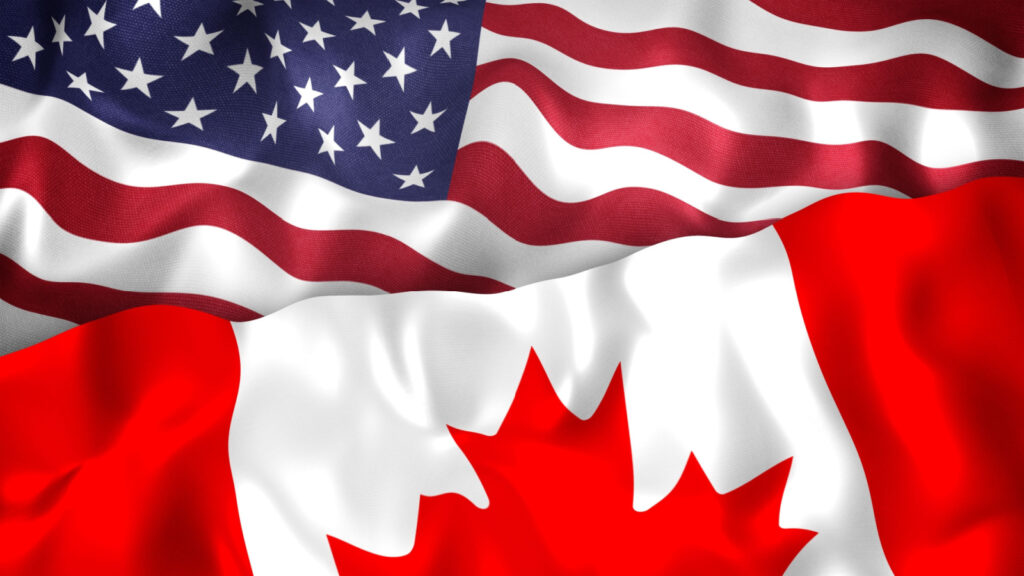Often perceived as a polite peacekeeper, Canada has quietly engineered decisions, agreements, and acts of leadership that have echoed far beyond its borders. From environmental diplomacy to humanitarian intervention, from trade innovations to defense strategies, Canada’s influence has rippled across continents. Here are 21 Canadian moments that changed global politics.
Lester B. Pearson’s Suez Crisis Diplomacy (1956)
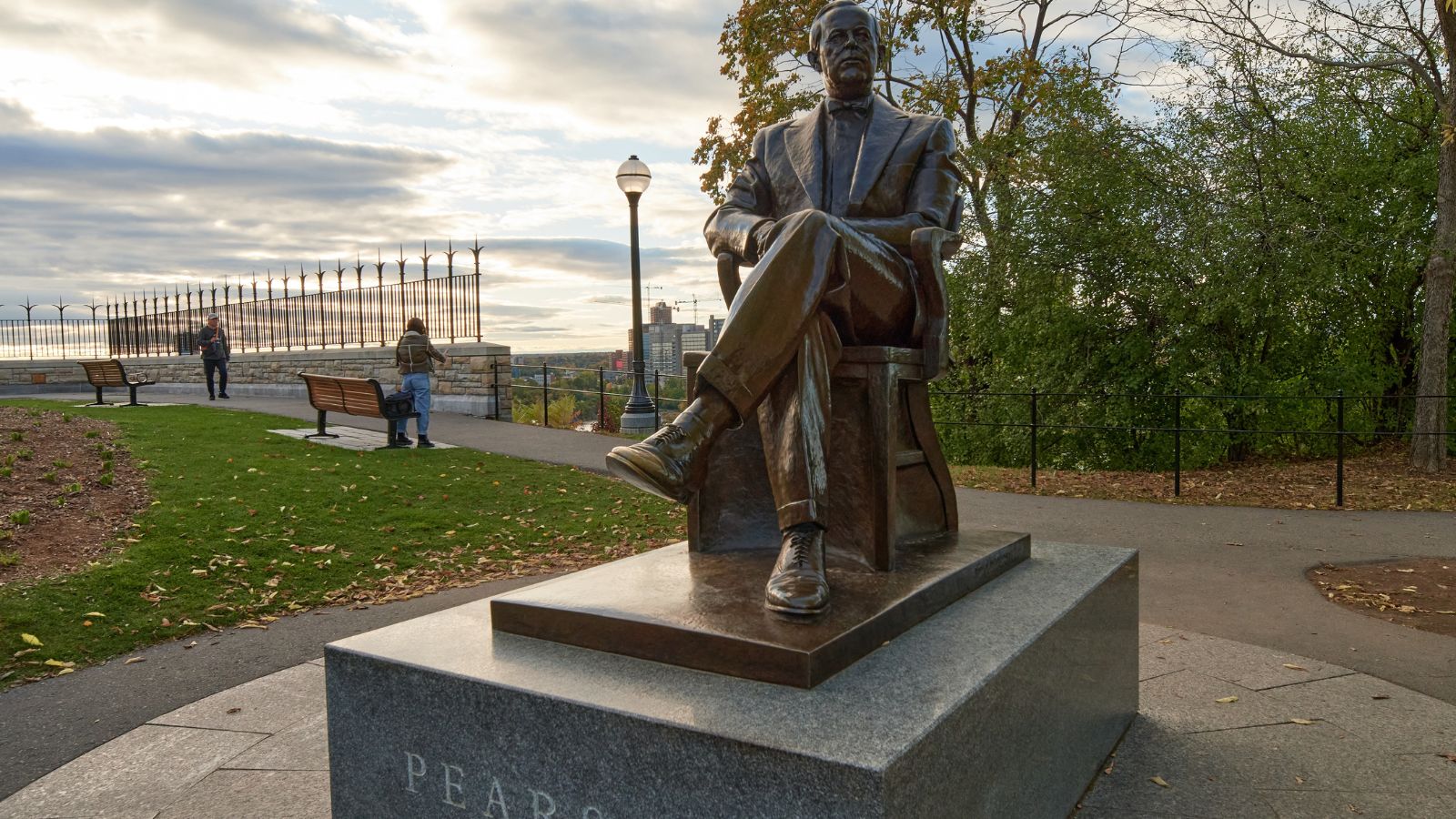
During the Suez Crisis, Lester B. Pearson’s diplomatic initiative reshaped the very concept of global peacekeeping. When Egypt nationalized the Suez Canal, tensions among Britain, France, and Israel escalated into conflict. Pearson proposed a United Nations Emergency Force to stabilize the region, preventing a broader war. His approach introduced peacekeeping as a neutral, collective global response to crisis, setting a model followed for decades. For this, Pearson earned the Nobel Peace Prize in 1957. His actions not only restored stability but also redefined Canada’s international role, from colonial ally to respected global mediator.
Founding Role in the United Nations (1945)

At the San Francisco Conference, Canadian diplomat John Humphrey and others played vital roles in shaping the post-war order. Canada’s delegation influenced the UN Charter’s design, emphasizing middle-power diplomacy and legal accountability. Humphrey later drafted the first version of the Universal Declaration of Human Rights, creating the foundation for international human rights law. This move gave smaller nations a voice in global governance. By prioritizing peace, multilateralism, and equality, Canada helped construct an institution that still anchors modern diplomacy, ensuring its influence extends far beyond its military or economic size.
The Montreal Protocol on Ozone Protection (1987)

The Montreal Protocol remains one of the most successful environmental treaties in history, and its origins lie in Canadian leadership. Signed in Montreal, the agreement united 197 countries to phase out ozone-depleting substances. It proved that international environmental cooperation could work through binding commitments and verifiable results. The Protocol has prevented millions of cases of skin cancer and protected ecosystems worldwide. Canada’s facilitation of the talks showcased its ability to bridge science and diplomacy, influencing how future climate treaties, including the Paris Agreement, were structured.
Recognition of China by Pierre Trudeau (1970)
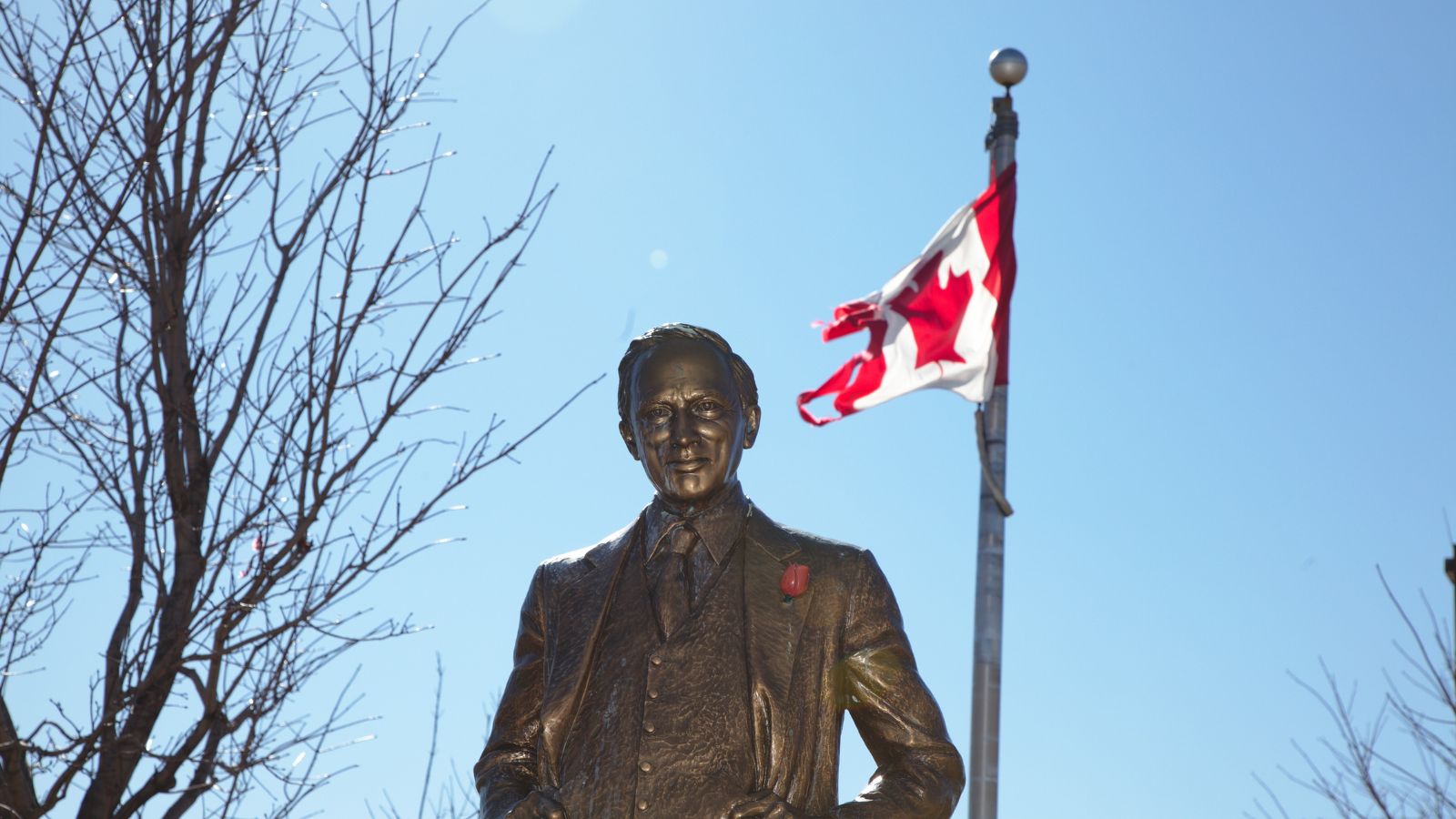
When Pierre Trudeau’s government recognized the People’s Republic of China, it broke with Western convention. At the time, most Western nations maintained ties with Taiwan, viewing Beijing’s communist regime as illegitimate. Ottawa’s recognition predated the U.S. by two years and encouraged other Western governments to follow suit. This pragmatic approach shifted diplomatic norms during the Cold War, helping reintegrate China into international diplomacy. It also opened long-term trade and political dialogue between East and West, redefining Canada’s image as a sovereign actor unafraid to diverge from superpower policy lines.
Role in Creating NATO (1949)
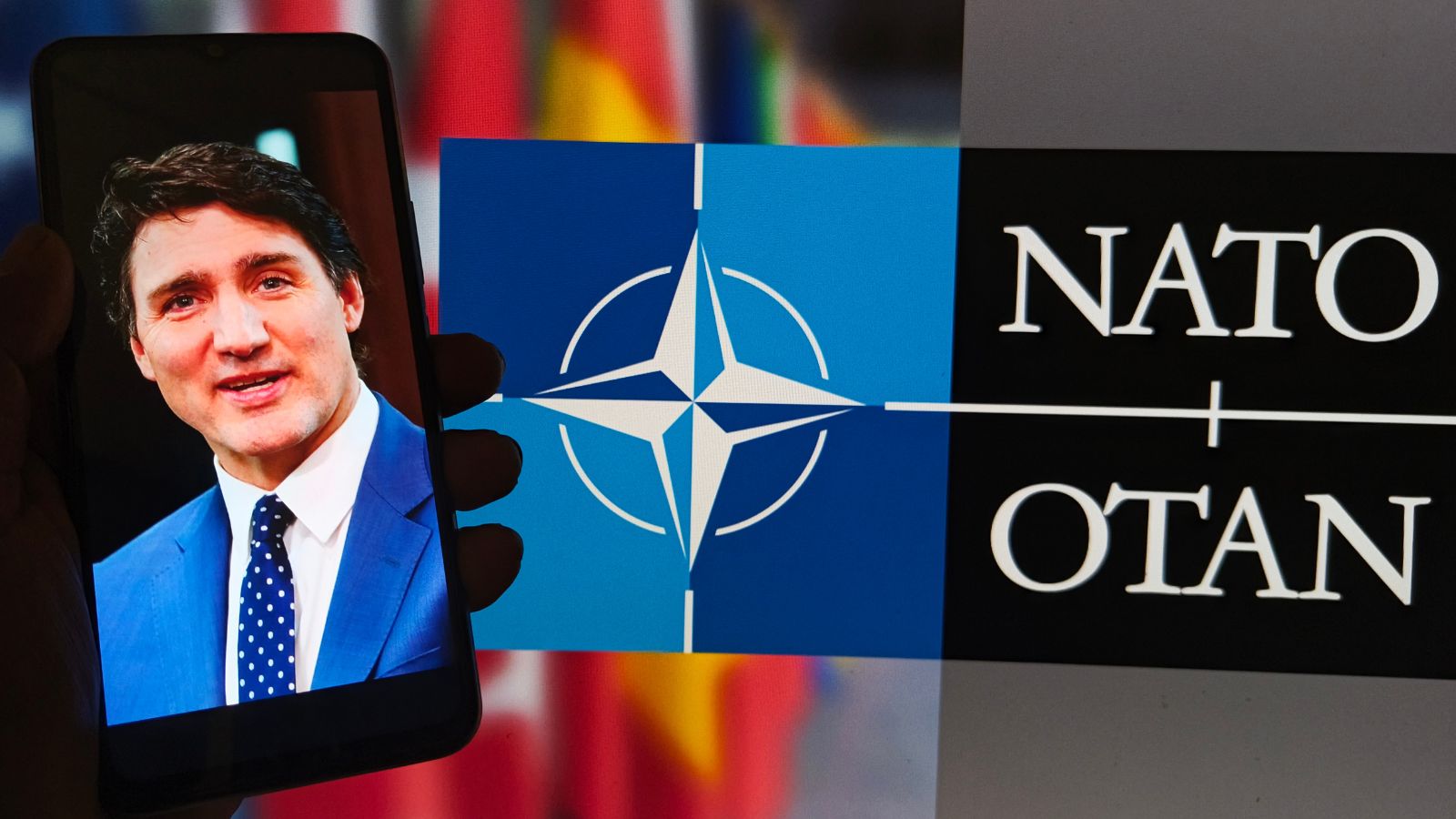
Canada’s involvement in founding NATO solidified its strategic influence in global defense. Working alongside the U.S. and Western Europe, Ottawa insisted that the alliance emphasize political cooperation as much as military strength. Canada’s role helped embed democratic principles and collective security into the treaty. The country also contributed troops and bases, reinforcing credibility within the alliance. This balance of idealism and practicality set NATO apart from earlier military pacts, helping sustain it through decades of global tension. Without Canada’s input, NATO might have evolved into a narrower, less democratic organization.
The Clarity Act and Global Secession Movements (2000)

The Clarity Act, passed after Quebec’s independence referenda, influenced international law on self-determination. It established that any region seeking independence must have a clear question and a decisive majority, ensuring legitimacy in secession. Other nations, from Spain to the United Kingdom, studied this model when facing separatist movements. The Act showed that a democracy could address regional nationalism through dialogue and legality rather than violence. It strengthened global confidence in constitutional negotiation and democratic clarity, adding a valuable precedent for resolving territorial disputes peacefully.
Canada’s Stand Against Apartheid (1980s)

During the 1980s, Canada took a firm stance against South Africa’s apartheid regime. Prime Minister Brian Mulroney publicly opposed both Ronald Reagan and Margaret Thatcher by supporting strong sanctions against Pretoria. Canada’s position within the Commonwealth led to increased global pressure that eventually weakened apartheid’s foundations. This defiance demonstrated moral leadership that transcended alliances and economic interests. The country’s advocacy also influenced other Western nations to reconsider their cautious approach, proving that principled diplomacy could shape human rights progress even from a mid-sized power.
The Ottawa Treaty on Landmines (1997)

The Anti-Personnel Mine Ban Convention, better known as the Ottawa Treaty, was one of Canada’s signature humanitarian achievements. It banned the use, production, and stockpiling of landmines, which had long caused civilian casualties in post-conflict regions. Canada hosted the treaty negotiations and convinced 122 nations to sign within a year. The agreement set a precedent for banning weapons on humanitarian grounds, inspiring later movements on cluster munitions and chemical arms. Its global adoption reflected Canada’s moral authority in shaping the ethics of warfare.
Canada’s Role in the Kosovo Intervention (1999)

When NATO launched air strikes to end atrocities in Kosovo, Canadian pilots flew hundreds of missions. Yet Ottawa’s influence extended beyond combat. Canada’s diplomacy emphasized humanitarian protection as a legitimate reason for intervention, helping define the principle of the “Responsibility to Protect.” This idea later became a cornerstone of international policy under the UN framework. It represented a shift toward preventing genocide and mass violence, even without national self-interest. Canada’s early advocacy helped transform military ethics and shaped future peacekeeping doctrines.
Leadership in the G7 Creation (1976)
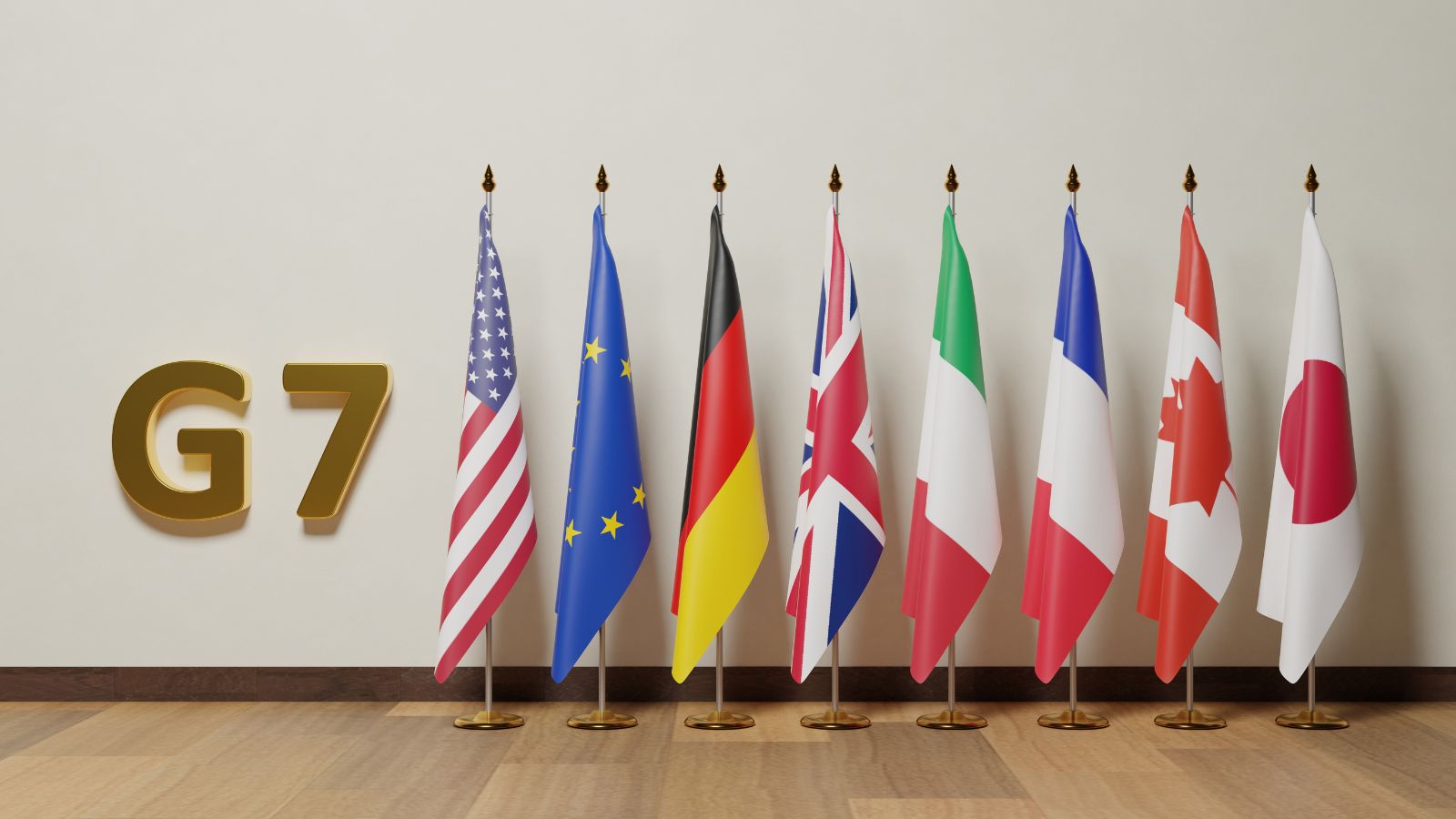
Canada joined the Group of Seven at its inception, ensuring middle-power representation among economic giants. Ottawa’s participation encouraged balanced discussions on trade, energy, and monetary stability. It acted as a bridge between the United States and European nations, promoting policy coherence. Canada’s insistence on multilateral dialogue helped shape the G7 into more than an elite economic club. Its contributions turned the forum into a space for discussing democracy, debt relief, and development, setting the stage for global economic cooperation that continues to this day.
The 1982 Constitution and Charter of Rights Influence

The patriation of Canada’s Constitution in 1982 and the introduction of the Charter of Rights and Freedoms became global reference points for constitutional reform. Many nations transitioning from colonial or authoritarian rule studied Canada’s model of entrenched rights, judicial review, and federal balance. The Charter’s language on equality and multiculturalism inspired reforms in South Africa and New Zealand. By demonstrating how a modern democracy could embed diversity and individual liberty in law, Canada’s constitutional process strengthened human rights discourse globally.
Advocacy for Same-Sex Marriage (2005)

When Canada legalized same-sex marriage nationwide in 2005, it became the fourth country in the world to do so. The decision reverberated internationally, particularly across Commonwealth nations. It demonstrated that equal marriage rights could coexist with religious freedom and public consensus. Other countries cited Canada’s example when debating similar legislation. The move also reinforced the global conversation about LGBTQ+ rights as fundamental human rights, furthering inclusion and tolerance worldwide. Canada’s legislative clarity helped reframe equality as a standard rather than an exception.
Canada’s Influence on Peacekeeping Culture (1960s–2000s)
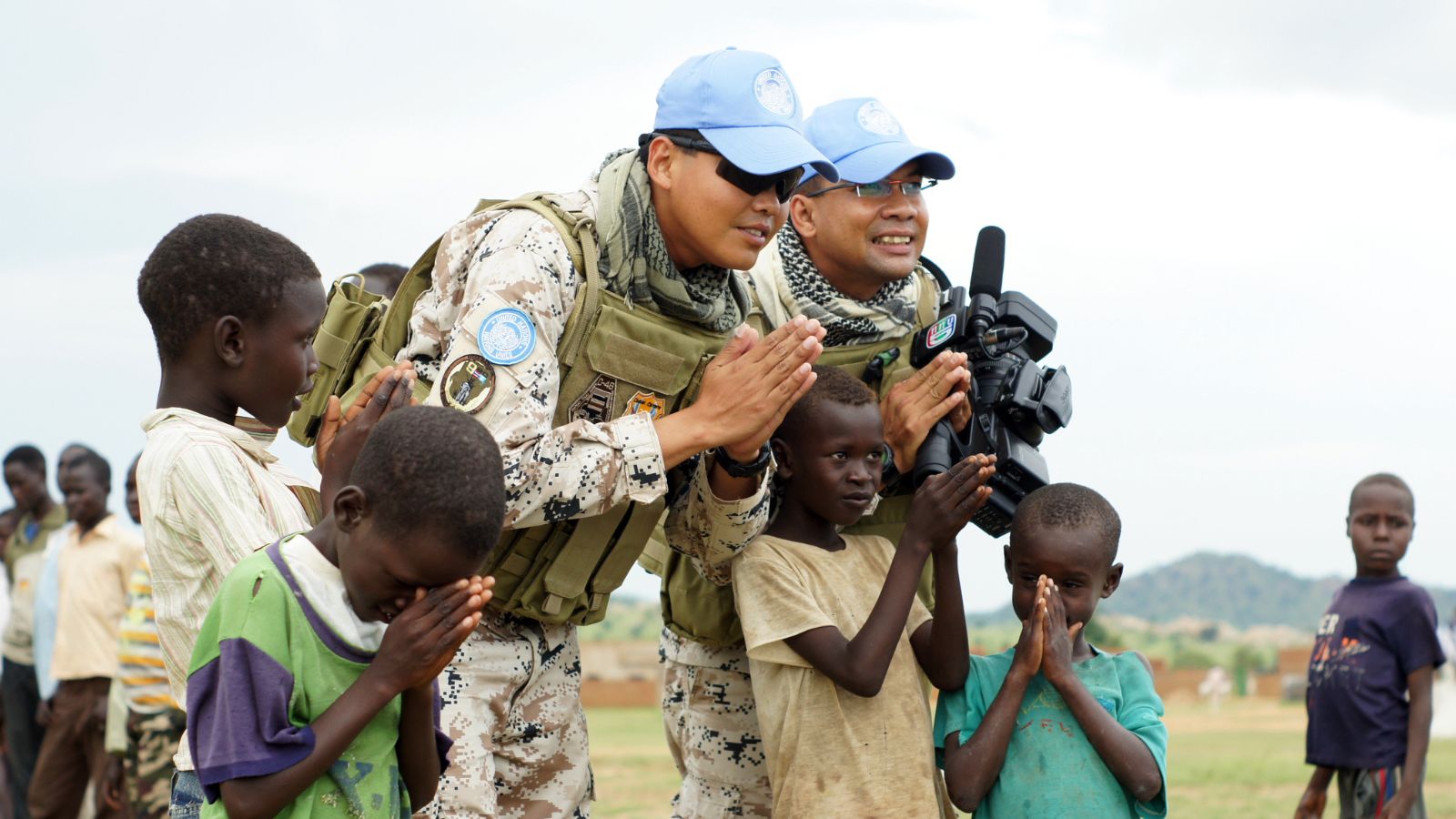
Beyond the Suez Crisis, Canada institutionalized peacekeeping as a diplomatic tool. Its consistent participation in missions, from Cyprus to Rwanda, gave credibility to UN operations and strengthened international trust in multilateralism. Canadian officers often served as mediators, trainers, and planners, shaping peacekeeping’s operational doctrine. The country’s pragmatic, non-imperial approach encouraged cooperation in volatile regions. By integrating military discipline with humanitarian values, Canada’s peacekeeping legacy helped define modern international conflict management and set expectations for accountability and neutrality.
Leadership on Climate Diplomacy (2015 Paris Agreement)

In the lead-up to the Paris Climate Agreement, Canadian negotiators helped reconcile differing national positions. Ottawa’s support for binding targets and transparency mechanisms built bridges between industrialized and developing nations. Canada’s advocacy for indigenous climate rights and carbon pricing strategies influenced several policy frameworks adopted by the UN. Its reengagement after years of absence demonstrated how diplomatic shifts can revitalize global cooperation. The country’s balanced approach between environmental responsibility and economic pragmatism strengthened the overall credibility of the Paris Agreement.
Acceptance of Syrian Refugees (2015–2016)
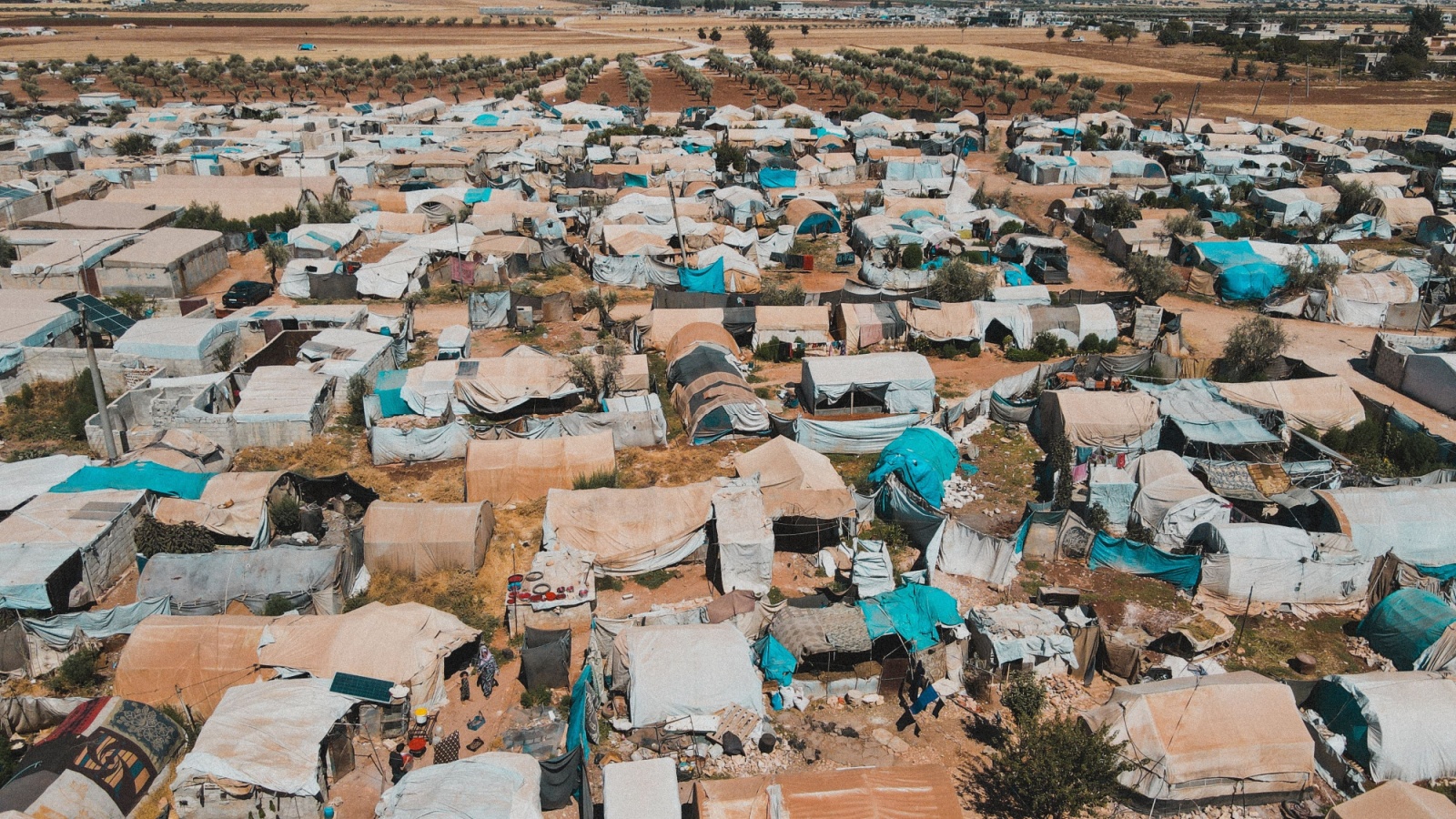
When the Syrian refugee crisis peaked, Canada accepted over 25,000 refugees within months, contrasting sharply with many Western nations’ hesitation. The policy highlighted humanitarian leadership rooted in public participation, with private citizens sponsoring thousands of families. International observers praised the integration model, influencing refugee policies in Europe and beyond. The decision demonstrated that compassion could coexist with national security and public support. It reshaped debates about refugee resettlement and became a global example of inclusive immigration policy in action.
Role in Arctic Sovereignty and Northern Diplomacy
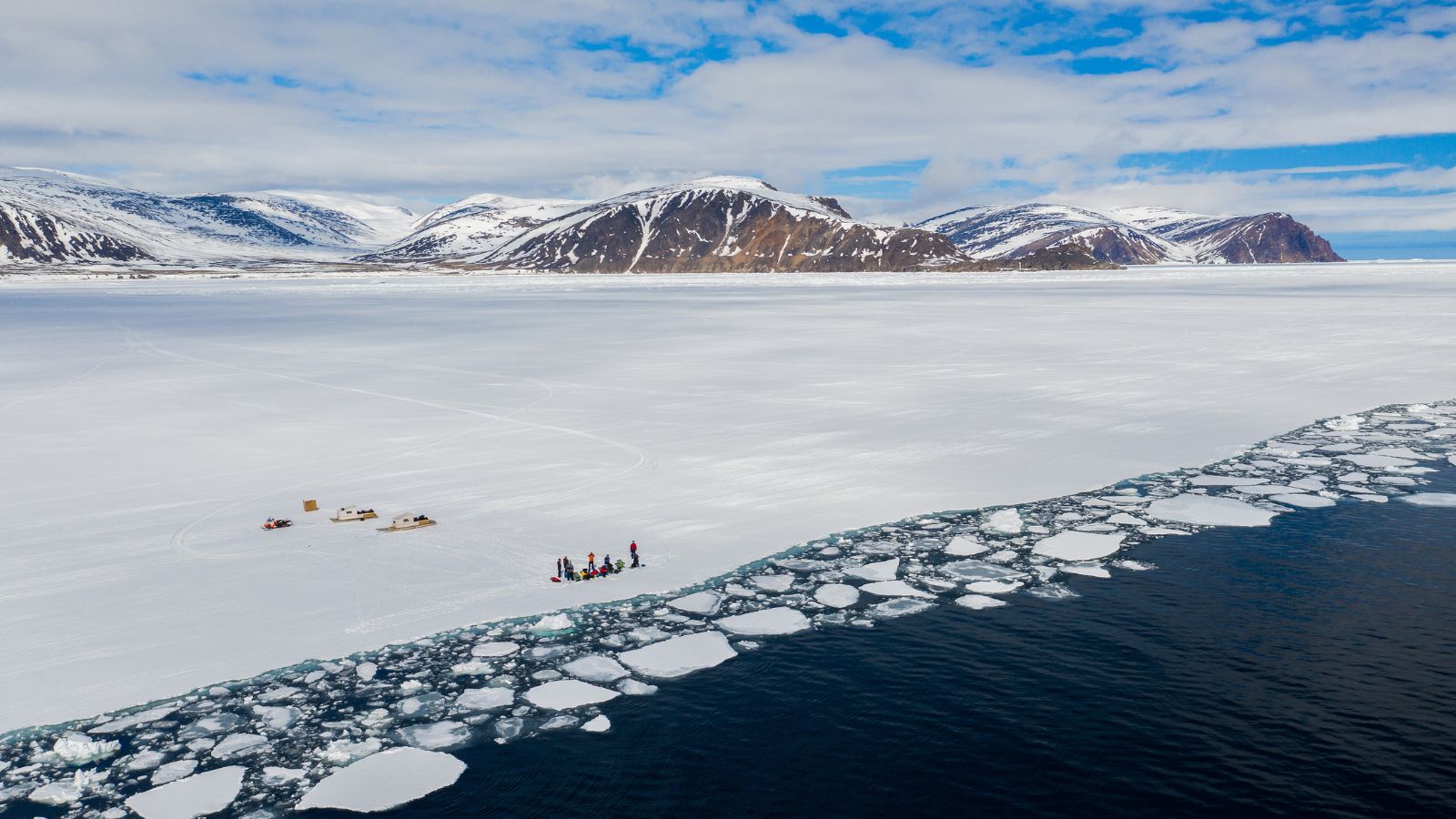
Canada’s strategic management of the Arctic has influenced global approaches to polar governance. By prioritizing scientific research, indigenous consultation, and international cooperation, it shaped the Arctic Council’s development. This framework helped prevent militarization in the region, focusing on environmental protection and sustainable resource use. As melting ice opens new shipping routes, Canada’s diplomacy ensures a balance between economic opportunity and ecological preservation. Its approach has guided global discussions on shared responsibility in the face of climate change and emerging geopolitical competition.
Support for Ukraine after 2014 Invasion

Following Russia’s annexation of Crimea, Canada took one of the toughest stances among NATO members. It imposed early sanctions, trained Ukrainian forces through Operation UNIFIER, and provided humanitarian aid. This decisive response influenced broader NATO policy and reinforced international pressure on Moscow. Canada’s consistent advocacy for Ukrainian sovereignty amplified smaller allies’ voices in global diplomacy. The country’s early action helped define the collective Western response to aggression, proving that moral clarity can shape strategic alignment.
Role in the Colombo Plan (1950)
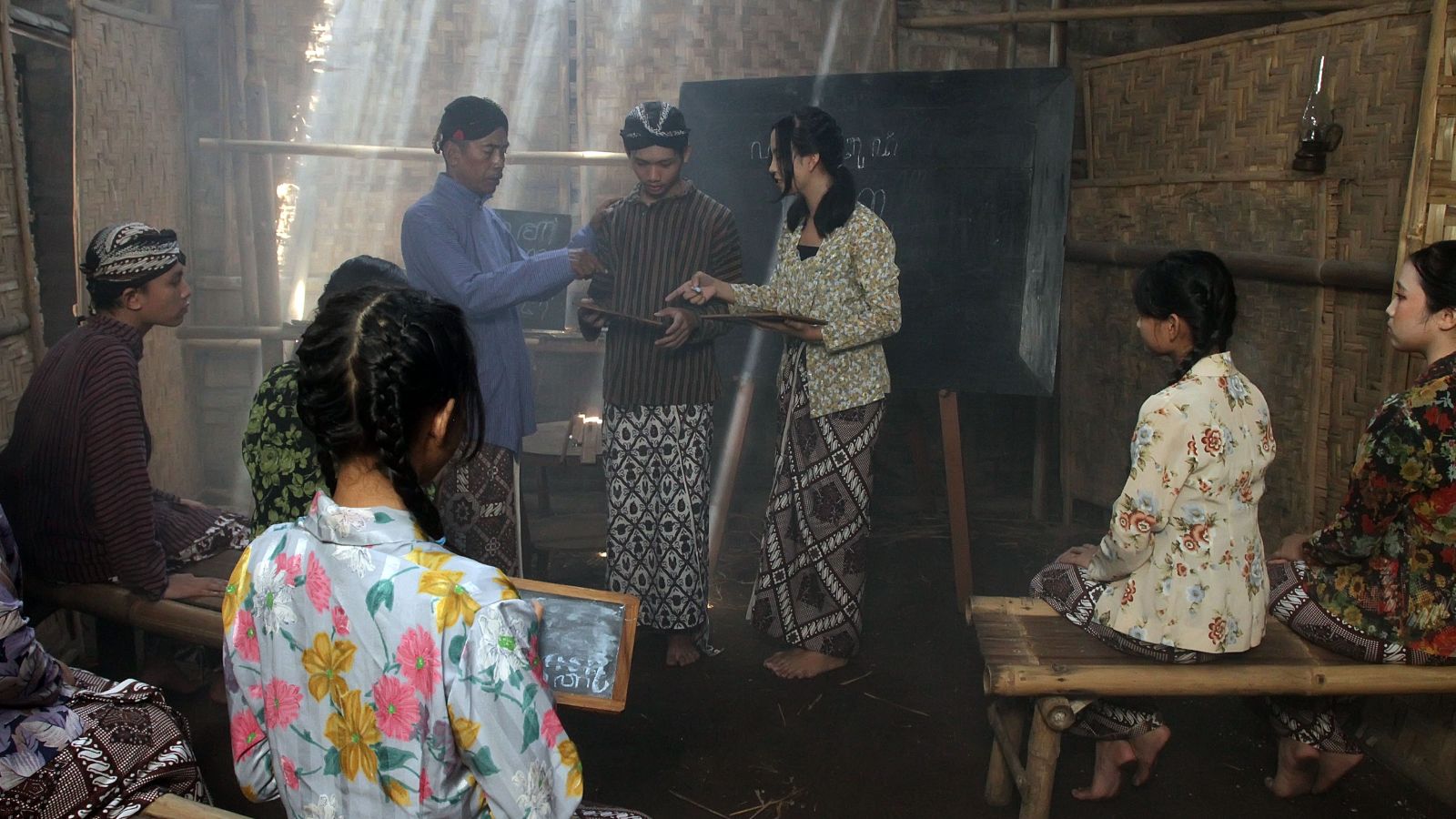
By helping found the Colombo Plan, Canada contributed to Asia’s post-colonial development. The initiative provided technical assistance, education, and infrastructure support to South and Southeast Asian nations. Canada’s participation reflected a shift from imperial aid to cooperative development, emphasizing partnership over paternalism. The Plan helped build goodwill during the Cold War and influenced later models of international aid like the OECD’s development programs. It showcased how non-military investment could stabilize emerging democracies and foster diplomatic influence through education and economic empowerment.
Leadership in Women’s Rights at Global Forums

Canadian diplomats and politicians, including leaders like Flora MacDonald, consistently pushed for gender equality at international gatherings such as the Beijing World Conference on Women in 1995. Canada’s advocacy for reproductive rights, education, and economic inclusion shaped policy commitments in the UN and Commonwealth. By linking gender equality to sustainable development, it redefined what global progress should mean. These efforts influenced international aid priorities and inspired broader recognition that women’s empowerment strengthens governance and economic resilience worldwide.
Advocacy Against Nuclear Weapons Testing (1970s–1990s)

Canada’s firm opposition to nuclear weapons testing by allies like the U.S. and France marked an important moral stance. Ottawa’s pressure contributed to international dialogue leading to test-ban treaties and greater transparency in arms control. While maintaining defense partnerships, the government emphasized verification, environmental safety, and long-term disarmament. Its balanced position reinforced the idea that responsible alliances require ethical boundaries. This advocacy helped shape the framework for the Comprehensive Nuclear-Test-Ban Treaty, influencing how democratic nations manage deterrence with restraint.
The Canada-U.S. Free Trade Agreement (1988)
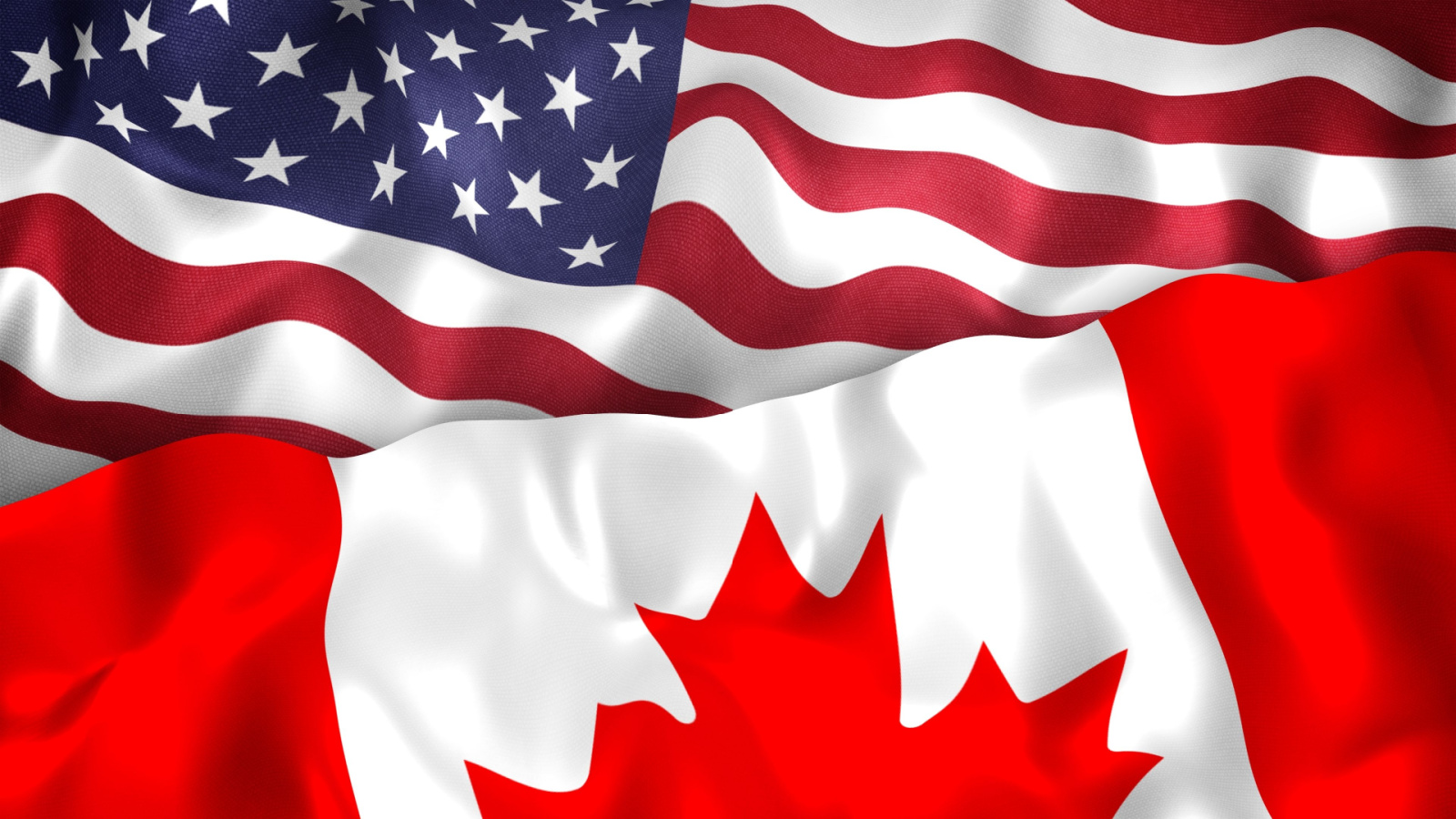
The Canada-U.S. Free Trade Agreement, precursor to NAFTA, reshaped global trade dynamics. It was the first large-scale trade pact between two developed economies, influencing later agreements worldwide. By eliminating tariffs and harmonizing regulations, it encouraged multinational investment and modernized North American manufacturing. The deal proved that open trade could occur without sacrificing national sovereignty. Its structure became a template for regional integration efforts, including the European Union’s internal market and later the CPTPP. Canada’s economic boldness helped redefine global globalization policy for the next three decades.
21 Products Canadians Should Stockpile Before Tariffs Hit

If trade tensions escalate between Canada and the U.S., everyday essentials can suddenly disappear or skyrocket in price. Products like pantry basics and tech must-haves that depend on are deeply tied to cross-border supply chains and are likely to face various kinds of disruptions
21 Products Canadians Should Stockpile Before Tariffs Hit
